Cameratrapping, the hard way
Ten years ago, Pieter-Jan D’Hondt and myself grew bored of taking pictures we had seen taken by others. We saw people -often retired people with more time on their hands- spend weeks outside, coming up with pictures we could only dream of taking ourselves. Simply because we did not spend enough time with our subjects.
And we felt that those mammal images we really liked, like the bats below, were the ones that had taken considerable efforts. Many nights out in nature waiting for bats.

Bats in flight are very special to photograph, but also very time consuming. Brandt's bat


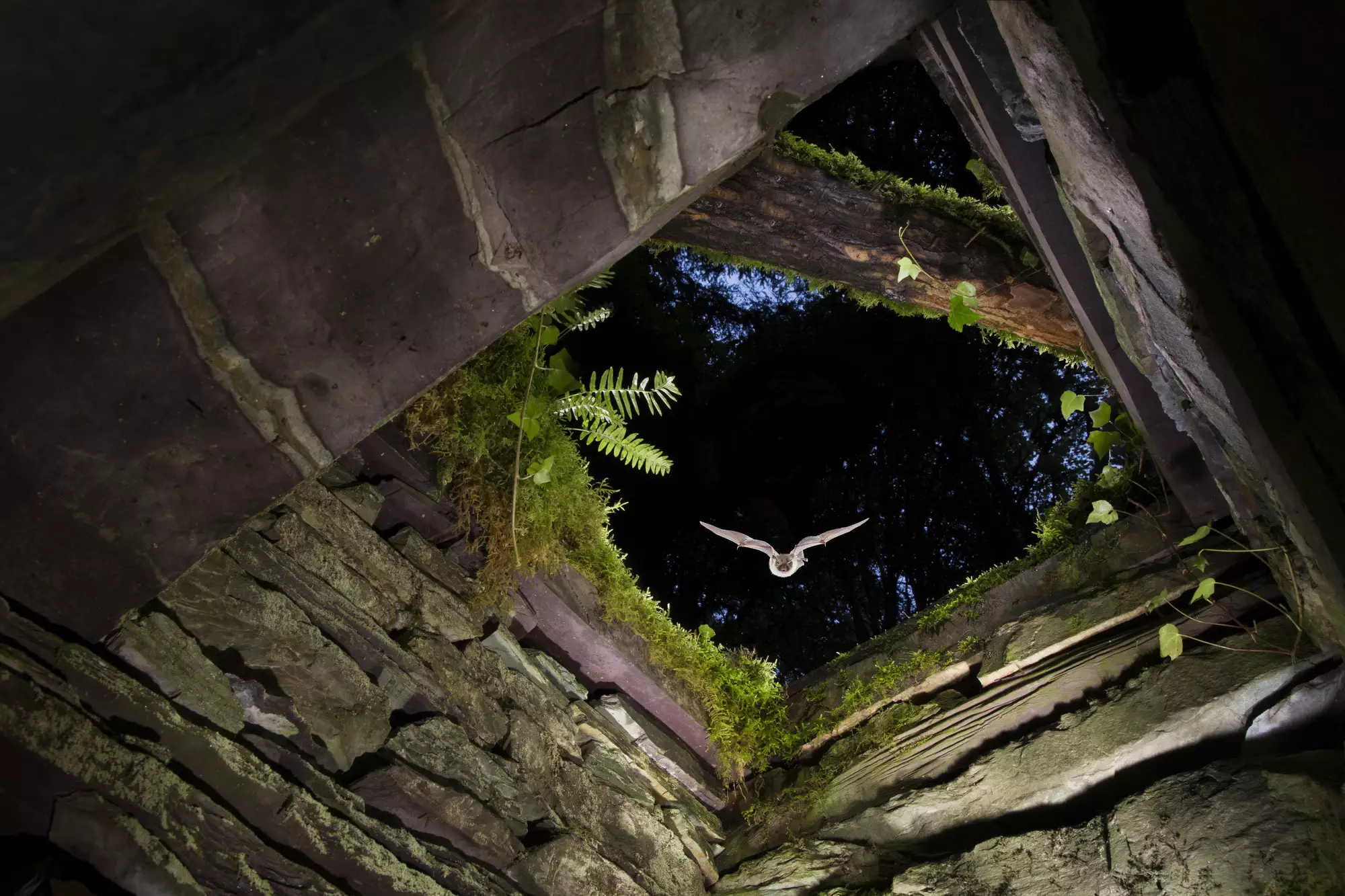
So how to take innovative images, combined with spending more time outside… the answer could only lie in automation: create a camera system with wide angle lenses in water proof housing that spends 24/7 outside, waiting for a subject to pass in front of it. A motion sensor detects the animal and triggers the camera. Easy peasy
Had this never been done? Yes it had: in 2008 already, Steve Winter won Wildlife photographer of the year with his remote camera Snow Leopard images. I will never ever forget seeing those images and thinking… WTF

This image was nothing less than unimaginable at the time.
Steve winter had dozens of cameras, a much bigger budget, and dozens of National Geographic crew to change out batteries and keep the setups working, it all seemed very difficult. But even so, at the time this had not been done to get images of our mammals. Especially not the enigmatic European Wild cat. Ten years ago you could not buy such a remote photography installation. You had to buy lots of equipment and try and make the electronics work. An extra aspect of this is that most mammals are nocturnal. And the pictures would need flashes to provide lighting.
I was too big of an idiot to create such an installation, but PJ had more knowledge, rigor and patience. We read into technical documents and created version 1.

A critical part of the installation is the flashes used. You need a setup that is capable of “holding the charge” so that when an animal passes in front of the camera, the flashes instantly can take an image. At the time there was only one type of flash, the infamous old Nikon SB 28, that you could not buy new. Hence PJ and I created alerts on second hand websites, driving literally all over the country to pick up these flashes one by one.
We were going to put these cameras in public areas, so theft is an issue, although it never happened! We did not want to put our best camera’s in these pelicases and therefore bought older cheaper models, often with some damage.
GEN 1 still had cables running from camera to each of the flashes and O boy did we barely take images. Rodents apparently loved biting the wires, causing all images to be just… black. Imagine driving a few hours to see your camera took 180 images, none of which had lighting.
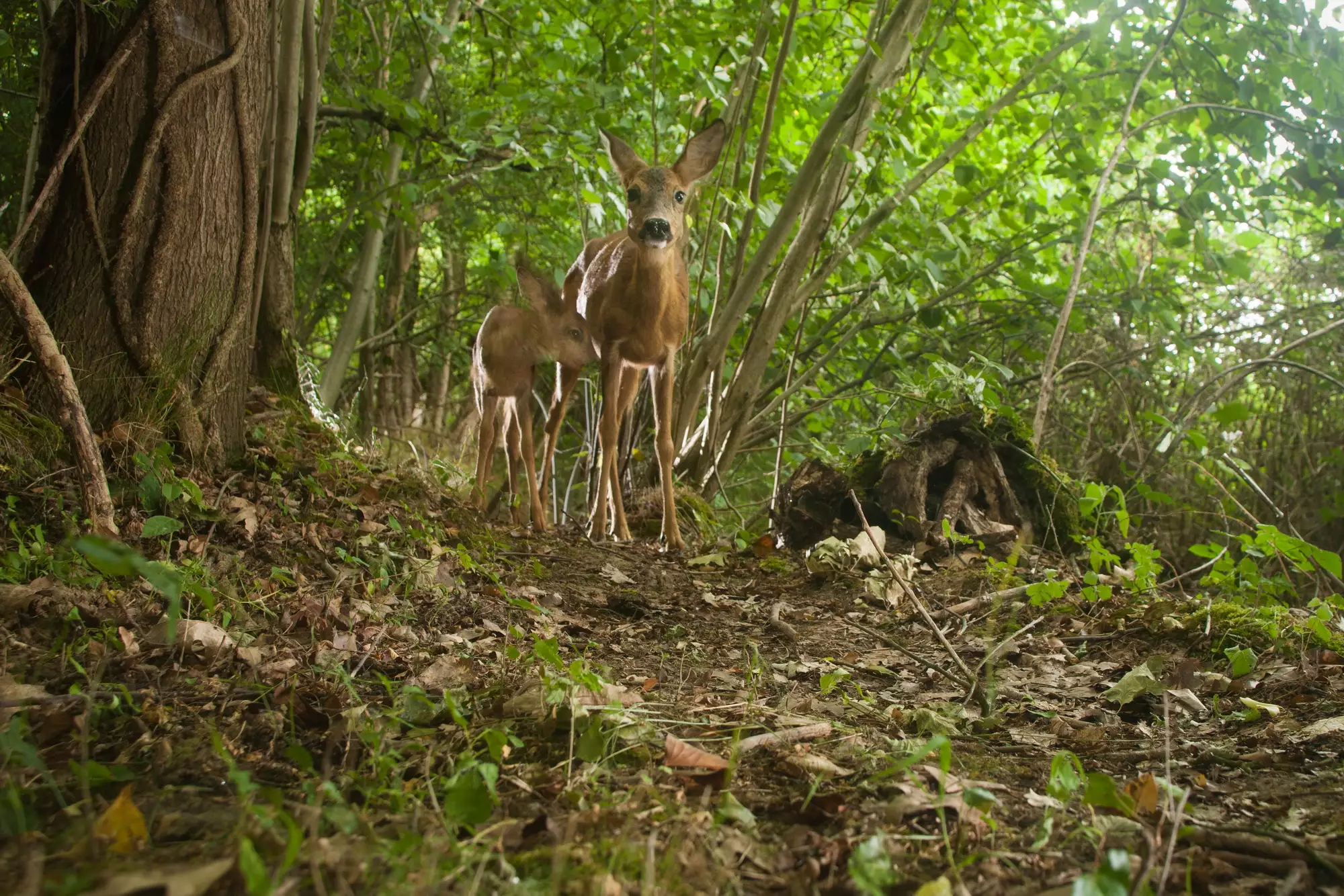



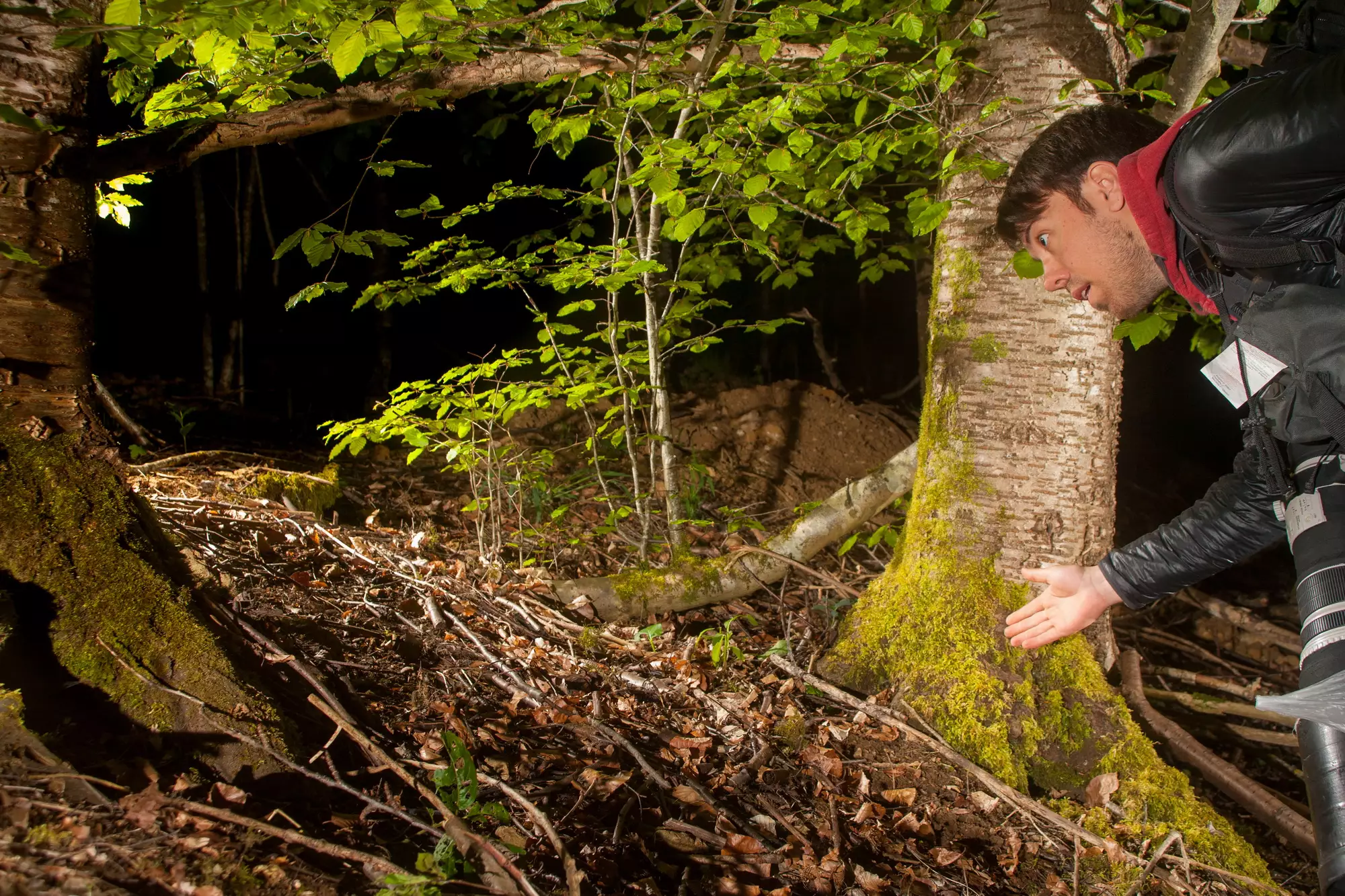
The first successes were had in the vicinity of houses, where human objects were considered more normal by the wildlife.
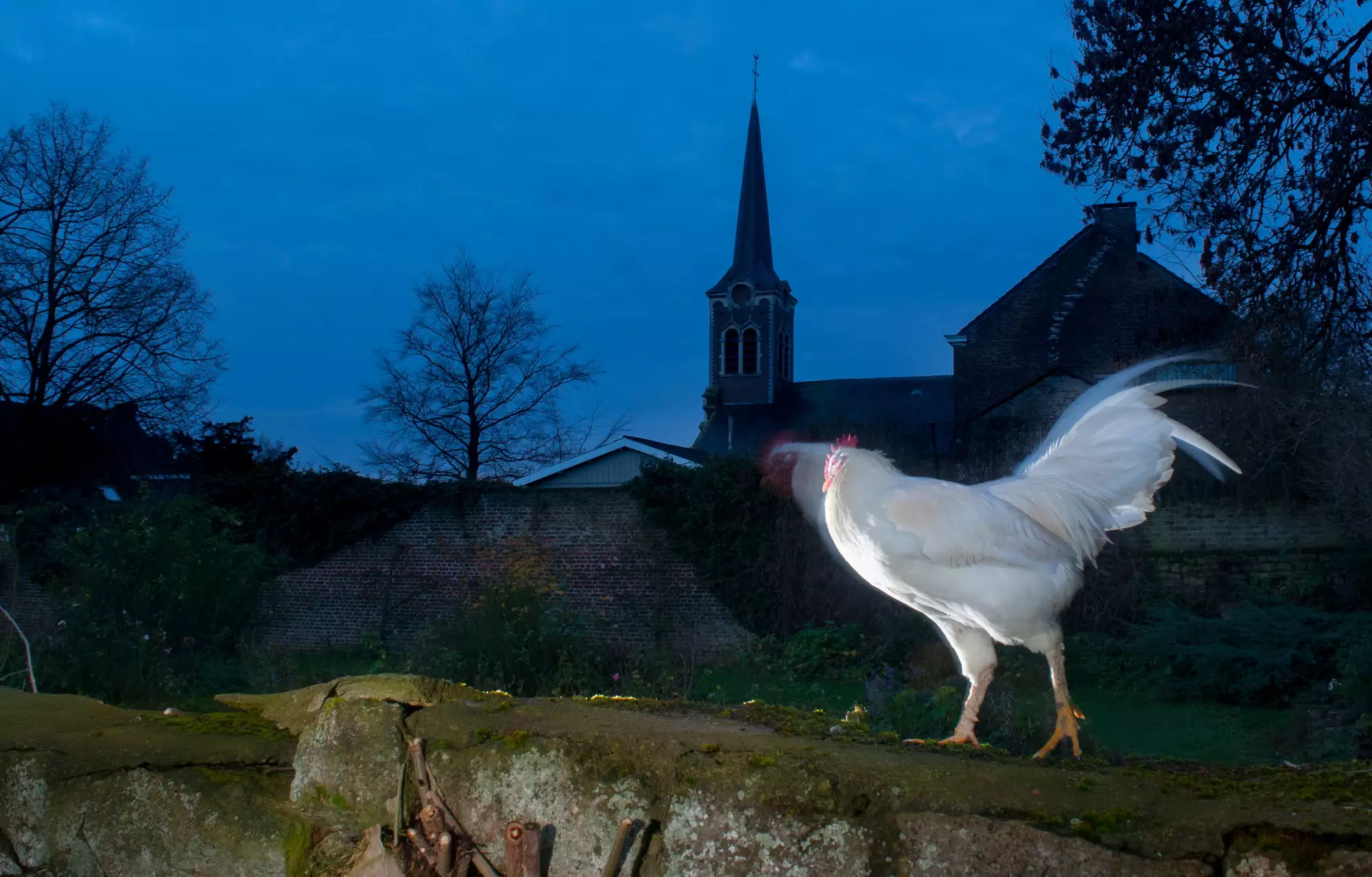


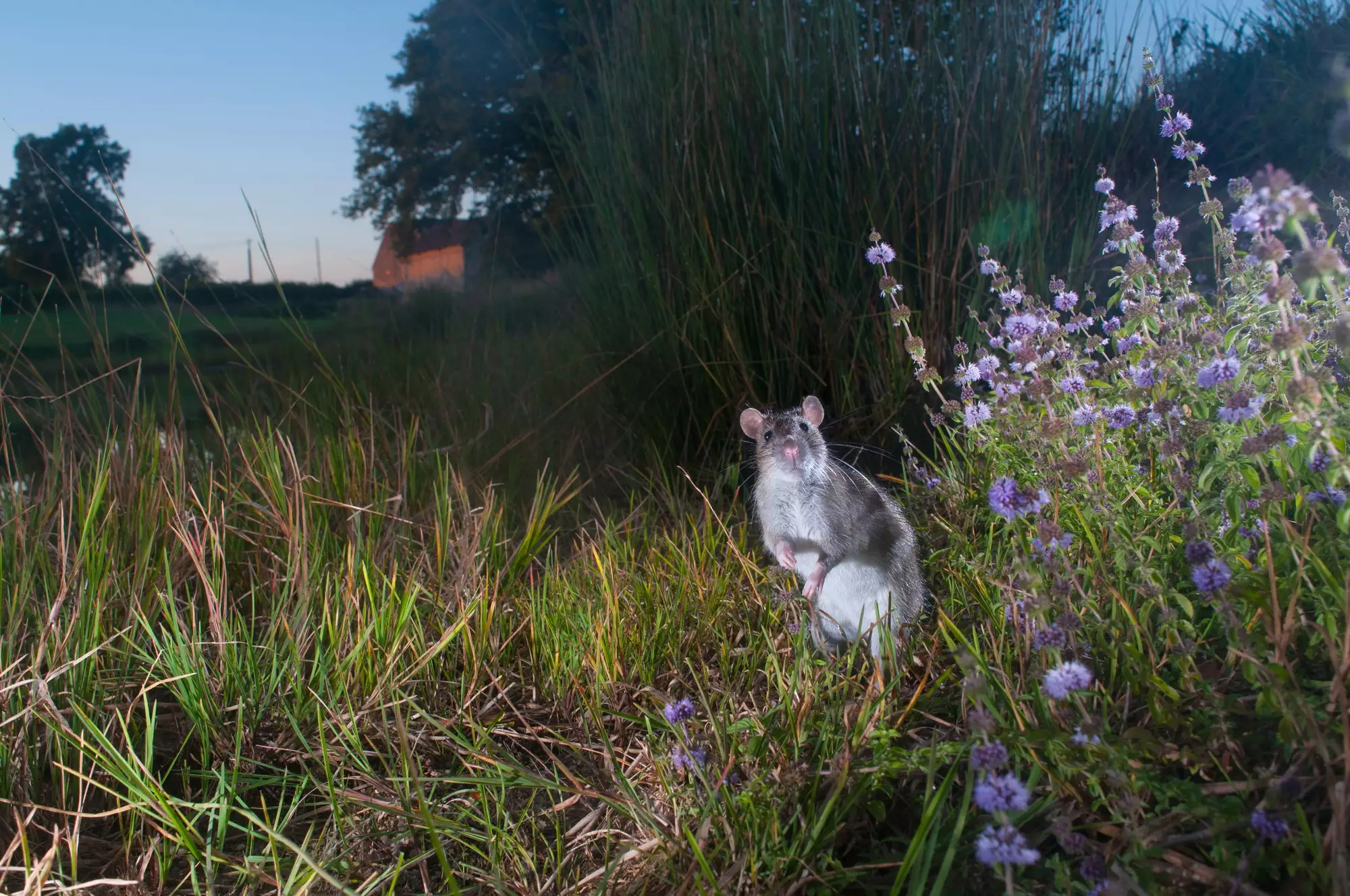



We also wanted to know what came close to the camera, but did not show up on the image. Below video clearly show how wary our mammals can be. Badgers, wild boar and fox stopped in their tracks 2-3m before the sensor and did not continue. Crazy how they can smell or hear this in the dark.
GEN 2 -again thanks to the hard work of PJ finding Chinese transmitters- was largely wireless and made for a breakthrough. We got more of those moments where you quietly walk through the forest, going to a camera trap and checking the screen on the camera. To then shout YEEEEEES, followed by calling PJ. And quickly backup the memory card.
Still, good results were scarce. The first five years had yielded us no more than 20 pictures of local wildlife.

Because the camera traps spent weeks and months outside in one spot, it provides the unique chance to capture the same animal multiple times...


A boost in results came in the colder winter months, if we found roadkill that we could put a camera trap next to. Dead deer and a badger attracted hungry opportunists.



After a few years of experience we started taking the traps on holiday abroad. I did my first family holiday in Spain when my oldest was born, thinking I would have to -I mean want to- spend more time with the baby than with my camera. I took two systems to the best place for European wild cat I know, the Picos.



14 days. Zero cats.

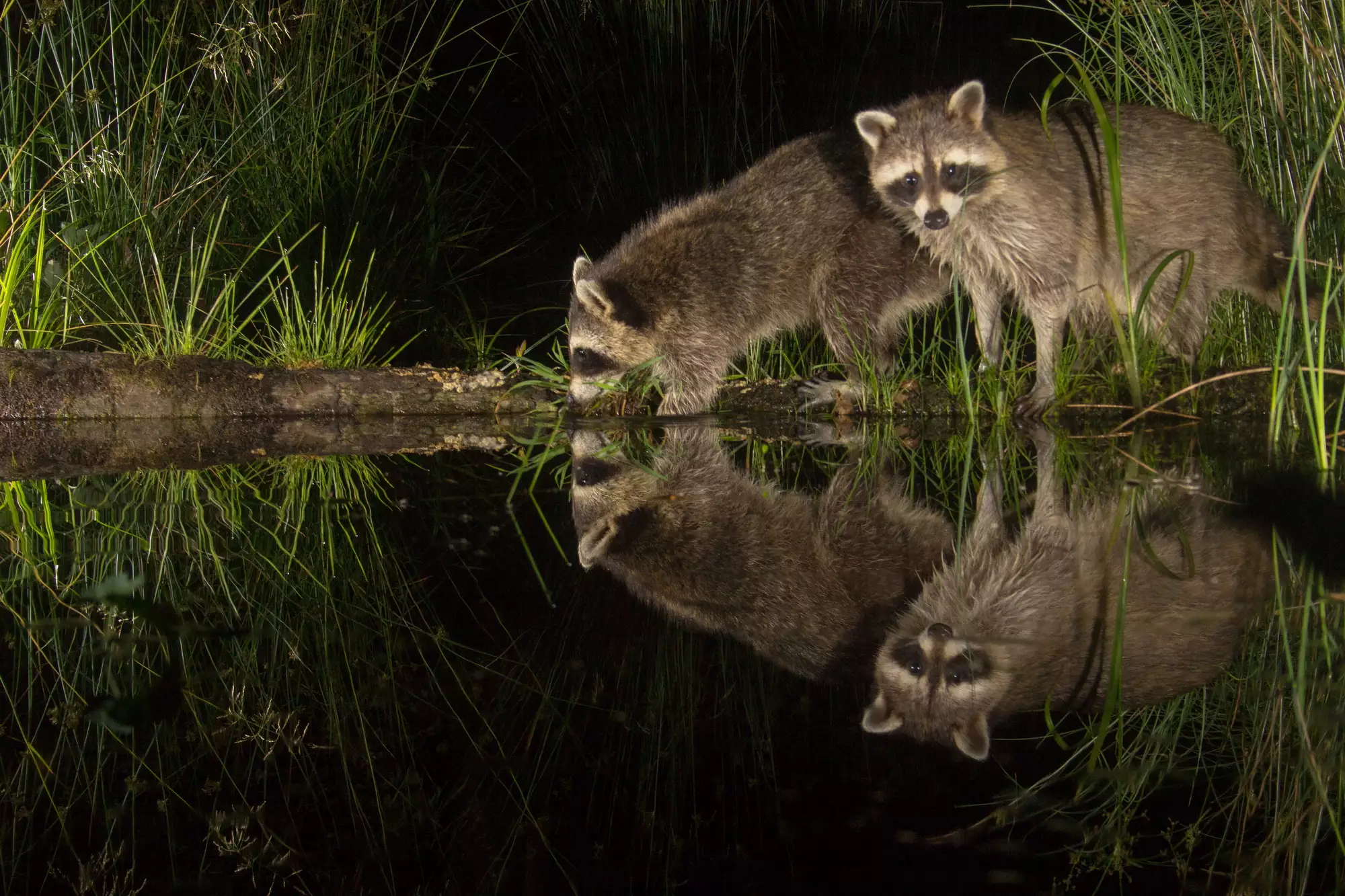


European wild cats do not like to get their toes wet, so we were amazed to see them uses the trees in the water. As such we focused more on this... which gave us the result we wanted:

Only then did we dare to publish the images. De Standaard made it the central article in the weekend magazine. Then we were asked to present the portfolio on the prestigious lowland Photo festival. It was an honor and surprise for both PJ and myself to speak about the many years that had lead to no more than a few dozen images.
It is funny how life finds ways to surprise us. The biggest surprise, which also completes the circle of this story, came when PJ and I were in Mongolia and we decided to put a trap out:
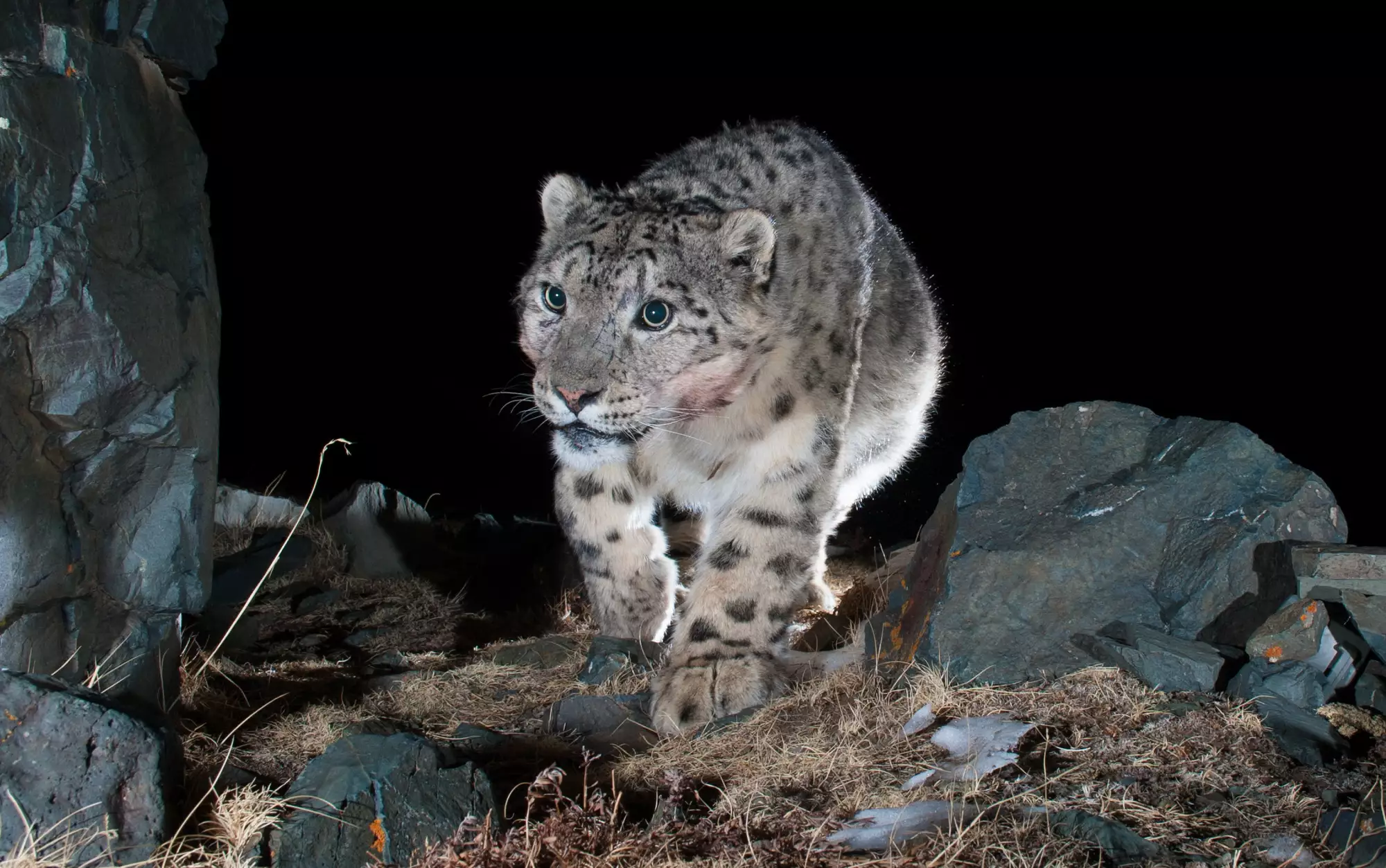
I cannot tell you how many times we were let down in the field and were swearing all the time. But good things can come to those that are patient, and nothing is more patient than an automated camera trap sitting in the forest. Maybe we can all learn from that.
Are we done with this? Now that PJ has a baby there is even fewer time than before, be we are committed to continue this strange way of photography.
